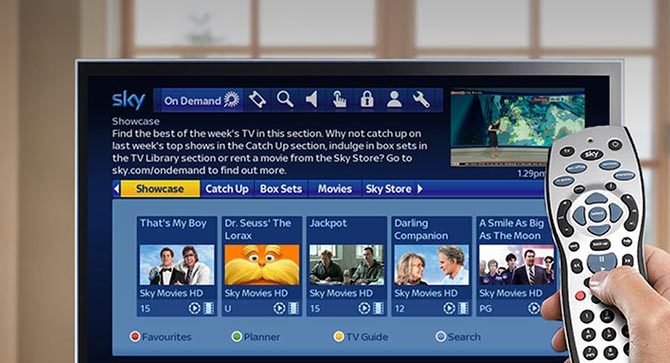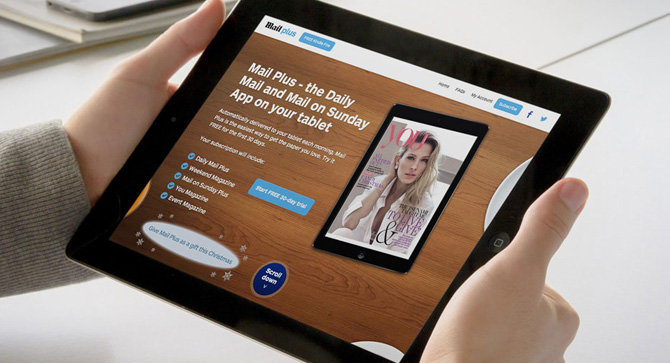Translating Social Media Interaction Into Sales
Twitter. Facebook. YouTube. Tumblr. Google+. These are not spelling errors or made-up words – in fact they are some of the most powerful websites and tools on the Internet. Social media is booming. People are using social media to learn about new products and services, to stay up-to-date with the latest news, to chat with friends, to search for jobs, and to be entertained. Social media and using it effectively has become a key part of many company’s marketing and communication strategies. And this holds true in the media and entertainment industries.
With major newspapers such as the New York Times and the Guardian using Twitter to publicise daily news stories, features and breaking news and with Sky using Twitter to provide customer support and outreach – we are seeing a large amount of traction on the behalf of media and entertainment companies.
A search of Twitter, Facebook or Tumblr will likely reveal that every major company in this industry is online and being social. As more and more companies are learning, the first key to success on social media is in being engaging and communicating with followers and fans. What this means is that when a follower of the New York Times Twitter account for example posts a question about a recent story – the journalist or editor may respond answering the question. In the case of Sky this means that customer support personnel help followers with their technical support issues.
Now, it is the second key to success on social media that is more challenging and is really where the time and effort spent on these tools and websites pays off. Yes, it is the monetisation of this social engagement and communication. How do newspapers, magazines, television companies, and other entertainment providers get a return on their investment and translate this into eCommerce success?
Some ideas and suggestions on how to take this social engagement to the ultimate goal of purchasing or subscribing to a service and product include:
- Offer something for free. By providing followers and fans with a free issue of a mobile magazine for example and then a discount on two-year subscription encourages people to click a link in the Tweet or Facebook post. Key to this is ensuring that the payment and downloading for this product is seamless and effortless for the user
- Mobile app integration. A mobile app that allows users to dynamically post to social media and in-turn to subscribe to an online newspaper or movie download subscription that has full online payment integration streamlines the purchasing and downloading process for users
- QR codes for followers. Internet Pay-TV companies can for example post a link to a QR code on a Tumblr account – those who download and scan this QR code can get preview access to a new television program or movie. The next step here is in providing a simple and easy-to-use method for paying for and subscribing to the program or movie. With a few clicks you can take the user from social media fan to customer
What this does is reward followers and fans. People follow companies and brands because they “like” them but they also want something from their attention to the brand. By providing such users with bonuses such as reduced-rate downloads, free previews, and offers on new services – media and entertainment companies can translate this social engagement into immediate eCommerce transactions. Taking things a step further by directing followers and fans to a website with an integrated online payment solution completes the circle with engagement, communication, promotion and finally sales.
Social media is here to stay and it is time to get creative with how time spent on these internal marketing efforts can be translated into further sales and buy-in. A couple of numbers to think about: HubSpot reports that 67% of Twitter followers and 51% of Facebook fans followed through with online purchases and payments for the brands and companies they follow.
 ja
ja 






 投稿者 MPP Global 投稿日
投稿者 MPP Global 投稿日


